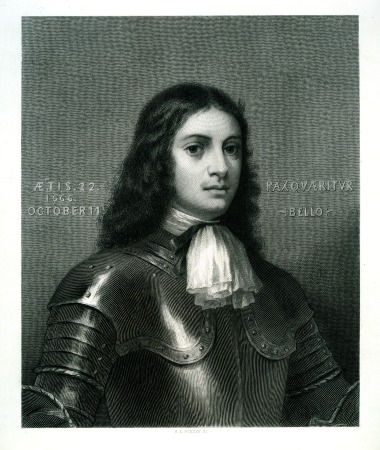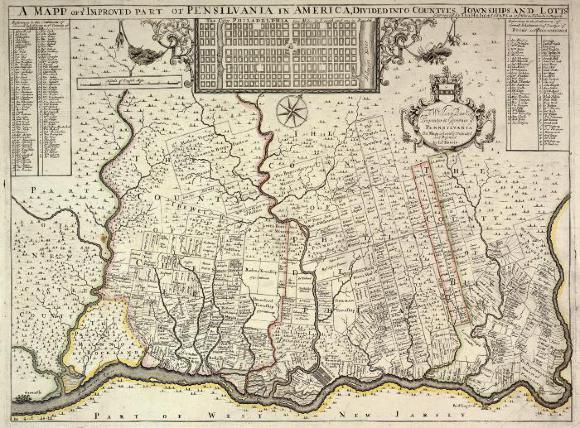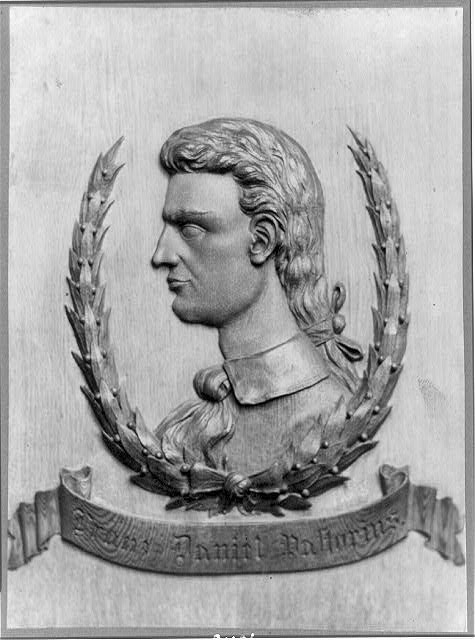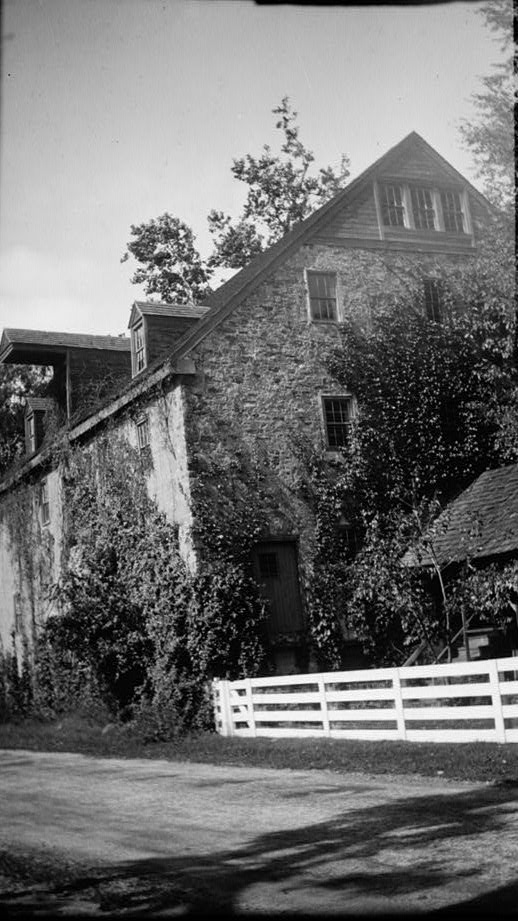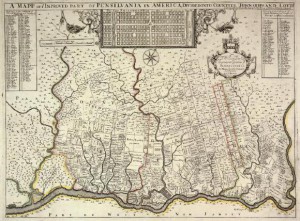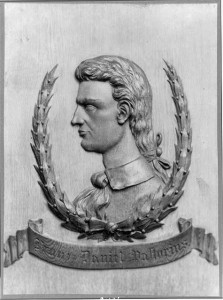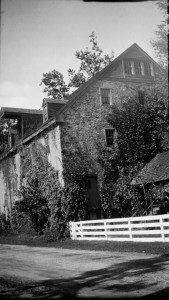First Purchasers of Pennsylvania
Essay
Upon receiving his grant for Pennsylvania in March 1681, William Penn (1644-1718) immediately set about attracting investors and settlers. To pay expenses and realize a profit from his enterprise, Penn had to sell land. The “First Purchasers” who responded to his promotional tracts provided essential economic support for Penn’s “Holy Experiment.”
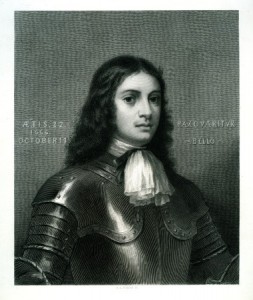
Penn sought to attract individuals who would settle the colony, or send servants or tenants to do so, and who had the capital or expertise to establish commercial and agricultural foundations for the province. Penn’s first promotional tract, Some Account of the Province of Pennsylvania, set out the terms for obtaining land and promised to clear all Indian titles. In July 1681, he refined these terms in the document titled “Conditions or Concessions,” issued during a meeting with several First Purchasers. In this agreement, Penn promised to reserve ten acres of land in Philadelphia for each 500 acres purchased, planning a “greene country towne” that would extend for miles along the Delaware River. In order to promote the settlement of the colony and hinder speculation, Penn stipulated that purchasers seeking 1,000 acres or more would have to settle a family on each 1,000 acre lot within three years. He also encouraged purchasers to bring servants by offering a bonus of fifty acres, with an annual quitrent (rent due to Penn) of four shillings, for each servant settled in the colony. Upon completion of the term of service, each servant would receive fifty acres at an annual quitrent of two shillings.
This agreement proved quite effective. Three key groups of investors immediately involved themselves in the project. In 1681, a group of Welsh Quakers purchased a 30,000-acre tract in the hopes of ensuring their religious freedom and preserving their language, customs, and laws. Settling in the area of Merion, Bryn Mawr, and Haverford, these settlers began arriving in advance of the proprietor. Penn granted the Free Society of Traders 20,000 acres and three seats on the Provincial Council in exchange for its investment in developing the province’s economy. Composed of Quakers and other wealthy merchants, landowners, and Penn’s personal contacts, this group fell into bankruptcy within a couple of years. In 1683, the Frankfort Land Company, a group of German investors represented by Daniel Francis Pastorius (1651-c. 1720), received 15,000 acres. Since the members of this group did not emigrate, thirteen Quaker families acquired its acreage and settled under the guidance of Pastorius.

Three Hundred Purchasers
Within four months of issuing the “Conditions or Concessions,” Penn sold more than 300,000 acres to about 300 purchasers, and sales continued assiduously. By 1685, Penn had sold over 700,000 acres to roughly 600 purchasers, which earned him about £9,000. After that, sales slowed somewhat, and, by 1700, he had sold approximately 800,000 acres. Although Penn did not earn as much as he expected from these First Purchasers, they provided the project with a solid foundation. Thomas Holme (1624-95), Penn’s surveyor general, in his Map of the Improved Part of the Province of Pennsilvania in America (1687), delineated lands taken up by First Purchasers during the first years after settlement in the region that became Philadelphia, Chester, Delaware, Montgomery, and southern Bucks Counties.
While Penn’s fellow Englishmen comprised most of the First Purchasers, his advertising efforts in continental Europe also attracted individual investors from Germany, Holland, and France. Within England, most of the First Purchasers resided in the areas around London and Bristol, where the Society of Friends had met with considerable missionary success and Penn was well known. Quakers of various economic backgrounds took advantage of the opportunity that he created to worship free of the persecution persistent in England. While those purchasing larger tracts hailed from the Quaker mercantile elite, Penn’s offerings to sell plots as small as 125 acres attracted people of more humble circumstances.
The majority of the First Purchasers came from the urban middling ranks of English society, primarily artisans and shopkeepers. These individuals, with entrepreneurial ambitions, played a vital role in developing Philadelphia as a major commercial center. That at least one-half of the First Purchasers eventually settled in Pennsylvania also contributed significantly to the speedy establishment and development of the colony. Although Penn would face multiple financial challenges, from nonpayment by some purchasers and refusal of settlers to pay quitrents, to inflated demands by his business agent Philip Ford (c. 1631-1702) for payment of debts, the First Purchasers supplied the impetus needed to get the “Holy Experiment” started.
Matthew A. Zimmerman earned his Ph.D. in History at Lehigh University in Bethlehem, Pennsylvania. He is Associate Professor and Chair of the Department of History and Political Science at Middle Georgia State University in Macon, Georgia. (Author information current at time of publication.)
Copyright 2016, Rutgers University
Gallery
Backgrounders
Connecting Headlines with History
Links
- Francis Daniel Pastorius's Description of Pennsylvania of the 1690s (National Humanities Center)
- PhilaPlace: Francis Daniel Pastorius Homestead – Building a Haven for Religious Freedom in Germantown (Historical Society of Pennsylvania)
- Concessions to the Province of Pennsylvania - July 11, 1681 (Yale University)
